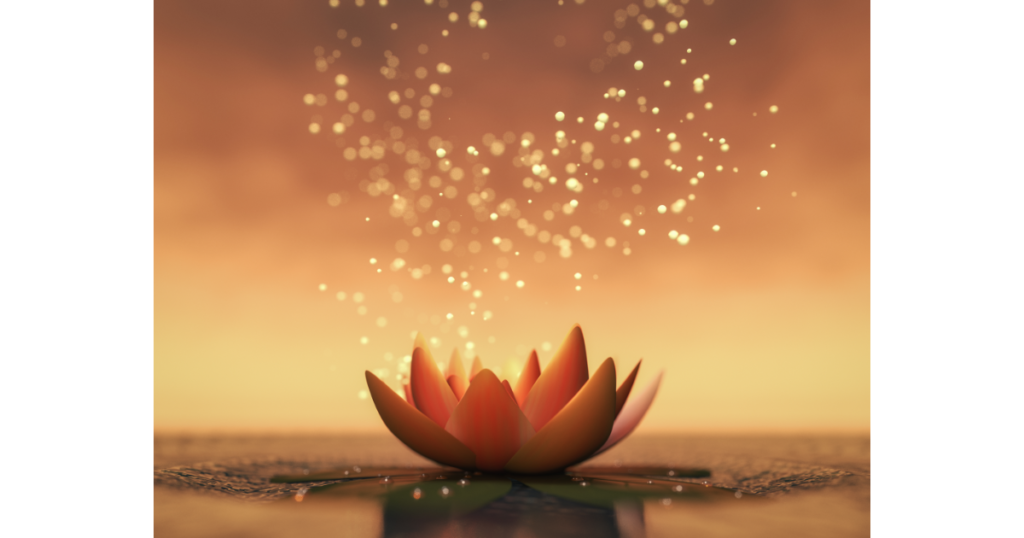An Introduction To Lotus Birth – Part 1

It was in 1979, while undergoing primal therapy, that I first became aware of the pain and trauma of having my umbilical cord cut when I was born.
I had been fortunate to have the opportunity to work with Dr. Graham Farrant in Melbourne and to re-experience – or relive – early events, particularly the events of my own birth and intrauterine experience. This has provided me with a wealth of insights into my perceived sense of reality and the deeply hidden forces that lived in me, influencing my responses and behaviours. It was a major developmental point in my life for which I am most grateful.
Having my cord cut hurt. My stomach ached and throbbed like an enormous heart. I was angry and most distressed – I knew it wasn’t necessary and felt, ‘How dare they!’.
During subsequent sessions, I revisited my cord-cutting and released pains that I had carried all my life. Being drugged when I was born – via the anaesthetic given to my mother – I had not had access to my own feelings at that time.
One day, having processed more cord trauma, I found myself hugging a pillow. It flashed into my mind that this was my placenta. I hadn’t previously thought about my placenta – I had been locked into the pain of having the cord cut at my navel. That was the site of the pain. But here I was with my placenta and I felt so amazingly well, so very okay, such joy and mirth – such a feeling of possession, a wholeness. I cuddled it and humped it around like I’ve seen children do with their favourite blankets. It was a feeling I could not remember having experienced before.
I remained, curled up, clutching my dear placenta pillow, without a care in the world – complete in a most organic way. At one point somebody passed by where it was and I remember thinking: ‘If they try to take it from me, I’ll kill them’. The intensity of this surprised me; however, it certainly was how I felt.
After some time – around one-and-a-half hours or so – I felt a shift in my awareness and I came out of that state and the pillow was suddenly a pillow and I simply left it where it was and moved on, aware that something had changed within me.
My primal therapy experiences were rich opportunities for deepening and widening my knowledge and understanding of the birth process. The discovery that my own birth had been an induced, drugged, forceps delivery thirty years before gave me some explanation as to how it had been repeated in the birth of my firstborn, despite my every effort and wish for a natural birth.
The primal imprint of my own birth drove deep unconscious forces within me to what in some ways was an inevitable outcome – disaster. How deep these forces are. My son became the third generation of first-born males to have a horrifically traumatic birth. I joined my mother and grandmother in having my beautiful body slashed and bruised at the hands of the medical profession – healthy women reduced to infirm patients in recovery, with a new baby to care for.
Home births were becoming very popular among people I knew and I was fortunate to have the opportunity to attend some. Seeing babies born at home showed me the normality of birth. It was simply normal and sacred and exciting at the same time. Both my parents had been born at home and I reached back through my son’s and my own birth to be reconnected to this normal behaviour. It was very healing for me, and nine months after attending my first home birth I reclaimed that normal behaviour by birthing my second child in the bed where she had been conceived.
Working with people preparing for birth and attending births became part of my life. Most families I attended practised the procedures recommended by the French obstetrician, Leboyer, who saw the light after re-experiencing his own birth. Lights were dim, people quietly supporting the mother, and the babies were born drug-free and placed on their mother’s abdomen.
The umbilical cord was left until it had stopped pulsating – usually 20 minutes or more – before it was cut. Sometimes the placenta had delivered and often it delivered after the cord was cut. The baby was floated in a bath of warm water and we would watch in awe as the tension fell away and the little one’s body opened like a magnificent flower, the baby often smiling. Water births were yet to be on the scene.
From our primal experiences, we had come to understand how our own births influenced how we reacted and responded when attending births. Viewed through the filter of our own trauma, our interpretation of what was happening was likely to be inaccurate. We learnt to be aware of our own feelings and to be present for the mother and baby with clarity.
In studying our behaviour we came to see the value of minimal interference from outside the sacred triad of mother–father–baby. Pregnancy and birth are a time of personal development and maturation. There are many points when the couple either step into their own power and grow or are thwarted by others who take initiatives that are not really theirs to take.
We ensure where possible that the first voices the baby hears and the first faces she or he looks upon are those of the mother and father. Recent research indicates that the first 45 minutes are vital for the establishment of the flow of oxytocin, which contributes to the baby’s neurological development and sense of well-being. This is a time for the mother and child, not strangers. The long-term implications of disruption of this process are continuing to be revealed as we appreciate more fully the precision of nature’s design and the wisdom of supporting it.
I began to notice that often babies who were very quiet would begin to cry when their cord was cut. They would be very distressed, sometimes crying for more than 30 minutes. The question arose: ‘Does the baby know about its placenta?’ and ‘Does the cutting of the cord hurt it?’ There is now a growing body of evidence to support the view that babies do, indeed, have full awareness at birth (unless they are drugged) and that they do feel pain.
In the births I attended, by and large, the care provided was non-interventionist for the first and second stages of labour. Mothers went into labour spontaneously; there were minimal if any, internal examinations and only rare rupture of membranes. The fetal heart was monitored as unobtrusively as possible. Analgesia or forceps were very rare.
Once the cord was cut, however, there was quite a bit of sudden ‘doing’. If the placenta hadn’t delivered there was a tendency to apply cord traction (i.e. the doctor or midwife would pull on the cord) to encourage the placenta to deliver, or pressure was applied to the mother’s stomach. Both were invariably unpleasant for the mother.
There was prevailing anxiety about postpartum hemorrhage. This would vary between practitioners. The natural wish to finish up and go home, which is very understandable, also played a part. Taught procedure was that the placenta had to be inspected, measured and weighed and these figures recorded. A complete placenta meant that there were no retained pieces in the uterus. This was part of the required ‘standard of care’.
We had found that by abandoning many intrusive procedures in the first and second stages that accounted for the ‘required standard of care’ elsewhere, we were getting wonderful outcomes as the mothers connected with their own mammalian knowing and birthed their babies triumphantly. The third stage had not had such attention – yet.




